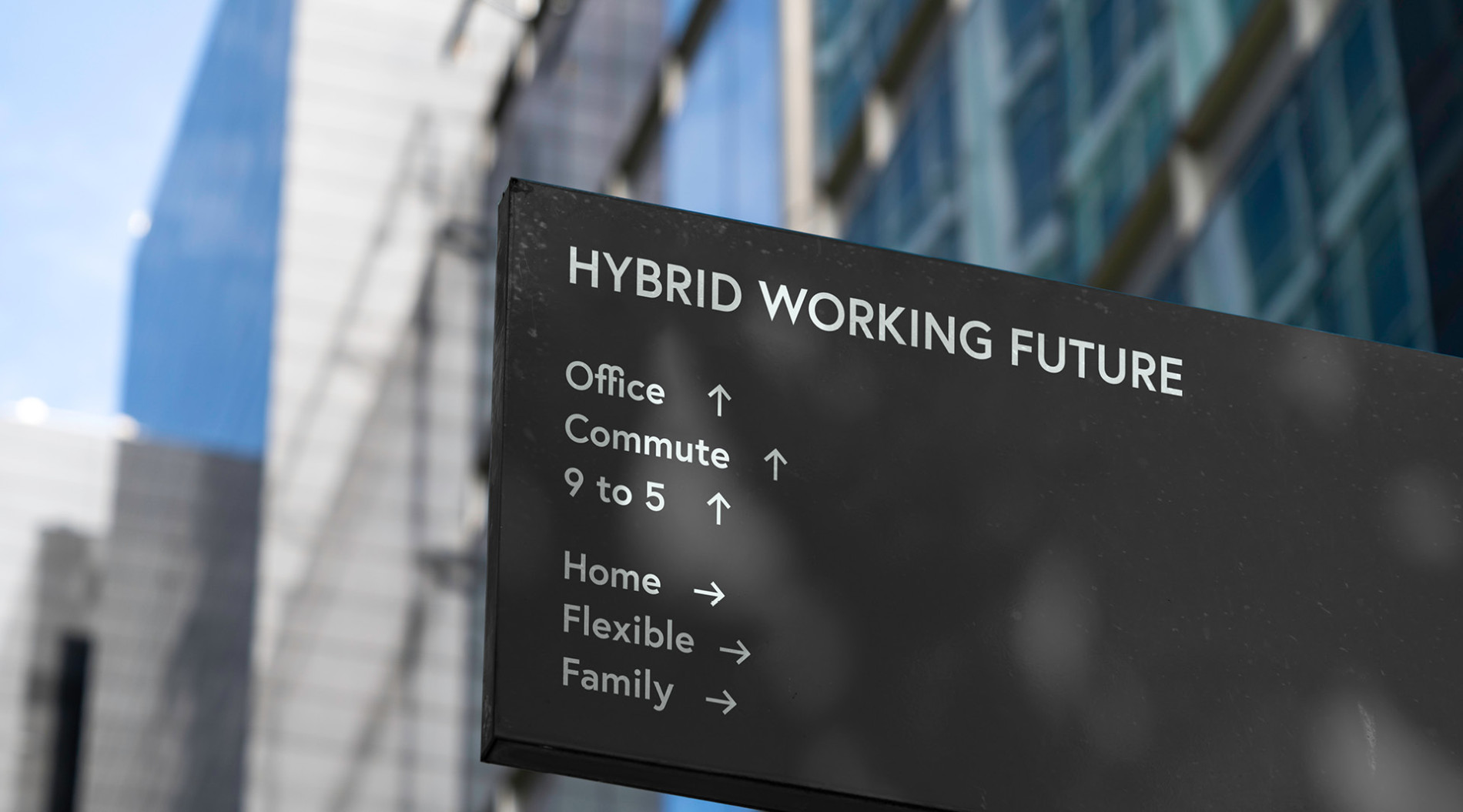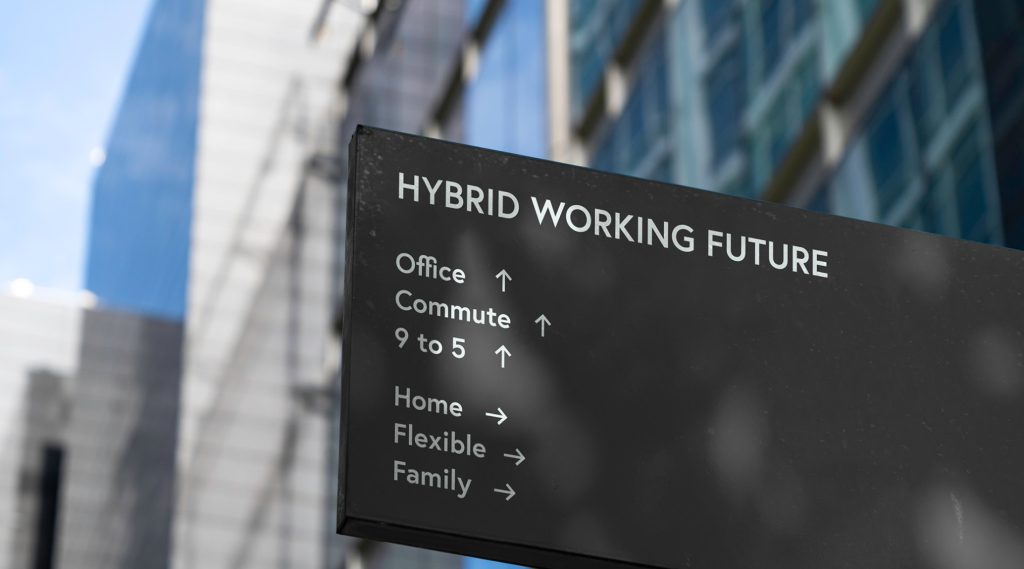LGBTQI+ Talent: Avoid Complacency, Celebrate Inclusivity!
In this part of our diversity and inclusion series, we’ll be talking about an often overlooked, but no less crucial aspect of building strong D&I position. Aside from the obvious moral case of being more LGBTQI+ inclusive, there are solid HR and business cases to be made here. In terms of recruiting and retaining the very best employees who identify themselves as LGBTQI+, there are so many benefits for both individuals and businesses.
According to the Human Rights Campaign Foundation, 46% of LGBTQI+ individuals are closeted at work and 28% are totally closeted and not open to anyone in their lives. Even organisations who claim to be LGBTQI+ friendly need to do more to change these stats and ensure a more prosperous working environment for everyone. Here we’ll look at where we are with this issue today and what your organisation can do to ensure a more open-minded working environment.
LGBTQI+ Today
The identity question is new territory for many companies. It has become such a sensitive issue that some organisations are even too scared to ask the most important question needed for positive change – what’s this all about? According to Forbes, ‘’It’s about accepting colleagues and co-workers as they are—and judging them on the basis of what they contribute to the greater good, not whether you approve or disapprove of the identity they embrace, or whether they make you “comfortable” or “uncomfortable.”
Identifying as LGBTQI+ is one thing but being able to come out and be out matters hugely. One interviewee in a McKinsey study on the importance of this aspect of LGBTQI+ said ‘’ “My successful professional relationships are underpinned by really getting to know the people I’m working with. When that’s happening, I want to be open about my identity. Otherwise, it’s hard to deeply relate to people and instill in clients a sense of confidence.”
It almost goes without saying, that staff give their peak performance when they feel relaxed and can be themselves at work. It’s estimated that up to one third of LGBTQI+ staff hide their sexual orientation from some or all their colleagues. If staff can’t be 100% themselves, they’re unlikely to give 100% at work. Almost half of LGBTQI+ people experiencing workplace discrimination reported that they’d achieved less at work as a result. According to Forbes, alongside unnecessary stress, this can also decrease an employee’s productivity by as much as 40% and make them 13 times more likely to quit. The result? A lot of wasted talent!
There’s also a gender imbalance issue when looking at this matter. Women are far less likely than men to be out. McKinsey reported that ‘’Only 58 percent of the LGBTQI+ women we surveyed (compared with 80 percent of LGBTQI+ men) said that they are out with most colleagues. One reason: existing gender discrimination. One interviewee reflected that, as a woman, “you always had to be perfect in terms of how you looked and what you did, and your work always had to be better than everybody else’s. So there was almost that thing of, ‘Why add anything else to make it more difficult?’”
The stats and the business case
Research has found that 2 in 5 LGBTQI+ employees have changed careers due to workplace discrimination. 50% of LGBTQI+ staff report that they’d feel more committed and loyal to employers who introduced LGBTQI+ diversity policies. In a US survey of Fortune 500 companies by the Centre for Work Life Policy research, it was found that 85% of organisations had policies in place to protect sexual orientation, but 48% of LGBTQI+ employees (3,000 surveyed) remained uncomfortable about disclosing their sexuality to colleagues. Further, it was found:
- LGBTQI+ employees who are not out reported significantly greater feelings of being stalled in their careers and greater dissatisfaction with their rates of promotion and advancement.
- Employees who remain closeted are 73% more likely to leave their companies within the next three years.
- The researchers also identified anxiety among closeted LGBTQI+ employees about how colleagues and managers may judge them, and expend enormous effort concealing their orientation, which leaves them less energy for actual work.
In an economic environment where skill shortages are increasing, and the best talent hard to find, creating a great place to work is more crucial than ever in retaining the best employees. Not only those who identify as LGBTQI+ are judging an organisation’s position on the matter. Another report concluded that 72% of those surveyed say they are more likely to accept a job at a company that is supportive of LGBTQI+ employees. The same report noted that employees who felt ‘’safe’’ in their working environment were 20% to 30% more productive, trusting their employer more and as a result more loyal to the company.
Time to act
So, what can businesses do to take positive action? A good starting point is to communicate with employees a zero-tolerance approach to inappropriate behaviours and microaggressions. Company-wide inclusion training discussing sensitivity, awareness, and support for diverse colleagues can help educate employees to recognise and respond to inappropriate behaviours. Ensuring this training is part of the onboarding process is a great start to ensure new hires are fully up to date with your organisation’s D&I position.
To ensure your trainings are working, you can ask everyone to evaluate them, to make sure people don’t feel they are missing any key issues. You can also inspire confidence and commitment in your employees. For example, refer to LGBTQI+ relationships the same way you refer to other relationships, and sponsoring LGBTQI+ events such as Mardi Gras.
Displaying visible symbols of support for the LGBTQI+ community is important in the inclusion process. One LGBTQI+ leader said that seeing such signs of solidarity had made a lasting impression: “I was just in Australia for Wear It Purple Day, when everyone who supports the LGBTQI+ community wears purple. One of the accounting firms had the best campaign. It was very simple: everybody got one fingernail painted purple. They had nail-painting stations all over the lobby of their building! It was easy; it took five seconds. And it was the highest form of LGBTQI+ solidarity that I’ve ever seen in the business world. It doesn’t cost anything, and it’s easily shareable on social media.”
Organisations should also not be afraid to ask for help externally when dealing with sensitive issues such as this. Multinational food organisation Barilla for example set up a Diversity & Inclusion Board composed of independent external experts who assist the company in establishing goals and practical strategies to improve the status of equality among staff. It aimed to enhance the corporate culture and the respect for different sexual orientations, gender equality, rights of the disabled, and multicultural and intergenerational issues.
Talent shortages will undoubtedly return in the post-Covid era. This emphasises the point that workplace diversity and inclusion will become more important than ever, especially to hiring and retaining the best candidates to take your organisation forward.











